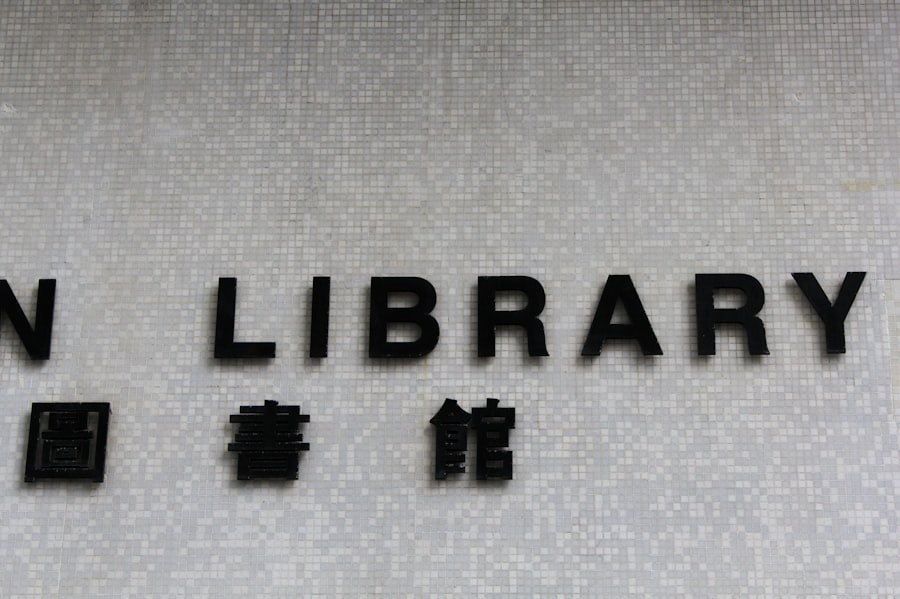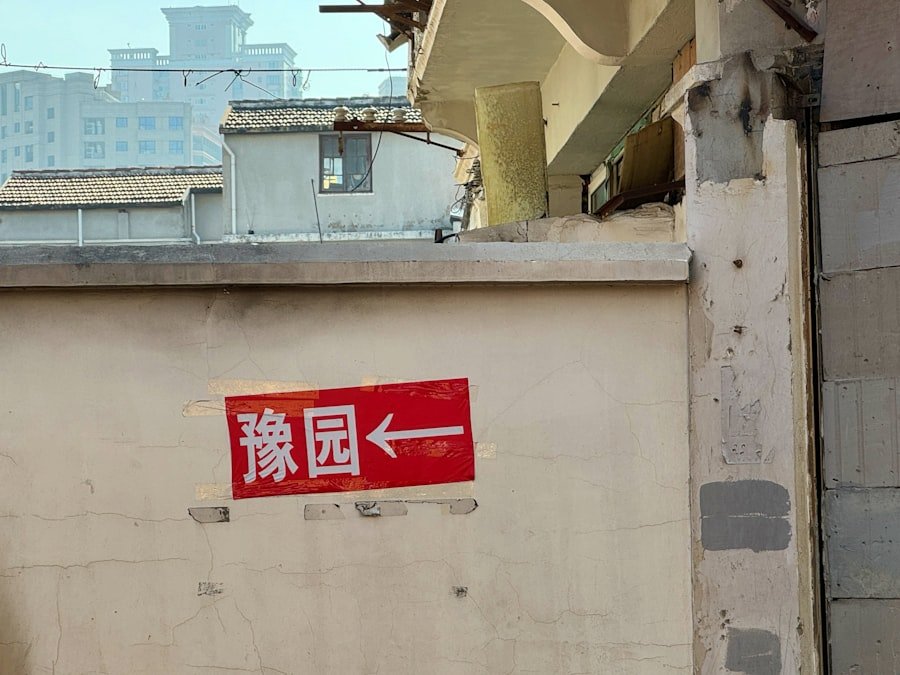The Chinese brush, a tool steeped in history and artistry, serves as a conduit for expression in the realm of Chinese painting and calligraphy. Its unique design, featuring soft bristles that taper to a fine point, allows for a remarkable range of strokes, from delicate lines to bold sweeps. The rhythm of the brush is not merely a mechanical aspect of painting; it embodies the very essence of the artist’s spirit and intention.
Each stroke is a dance, a harmonious interplay between the artist’s mind, body, and the brush itself. This rhythm is not just about speed or technique; it is about finding a connection with the materials and the moment, allowing the brush to flow naturally across the paper. As one delves deeper into the world of Chinese brush painting, it becomes evident that rhythm plays a pivotal role in creating a piece that resonates with both beauty and meaning.
The act of painting transforms into a meditative practice, where each stroke is imbued with intention and emotion. The brush becomes an extension of the artist’s thoughts, capturing fleeting moments and feelings in a tangible form. This exploration of rhythm invites artists to engage with their inner selves, fostering a deeper understanding of their creative process. Master the art of Chinese calligraphy. Enroll now at the LC Chinese School in Oslo.
Table of Contents
ToggleSummary
- The Chinese brush painting is deeply rooted in rhythm, which is essential for achieving fluid and harmonious brushwork.
- Speed plays a crucial role in Chinese brush painting, as it affects the energy and expression of the artwork.
- Pausing is an art form in itself in Chinese brush painting, allowing the artist to control the rhythm and add depth to the artwork.
- Finding the balance between speed and pauses is key to achieving fluidity and rhythm in brushwork, creating a sense of flow in the artwork.
- Traditional Chinese music influences brushwork rhythm, and the concept of “Chi” is deeply connected to the rhythm and flow of brushwork, enhancing the artistic expression.
Understanding the Importance of Speed in Chinese Brush Painting
Speed in Chinese brush painting is a nuanced concept that transcends mere velocity. It encompasses the tempo at which an artist executes their strokes, influencing the overall energy and dynamism of the artwork. A swift stroke can convey a sense of urgency or excitement, while a slower, more deliberate movement may evoke calmness and contemplation.
The mastery of speed is essential for artists seeking to express their emotions authentically through their work. It requires not only technical skill but also an acute awareness of one’s own feelings and intentions. Moreover, the relationship between speed and brushwork is deeply intertwined with the principles of traditional Chinese aesthetics.
In this context, speed is not simply about how quickly one can paint; it is about achieving a balance that allows for spontaneity while maintaining control. Artists often find that their best work emerges when they allow themselves to move fluidly, responding instinctively to the rhythm of their brush. This interplay between speed and control creates a captivating tension that draws viewers into the artwork, inviting them to experience the emotions embedded within each stroke.
The Art of Pausing and its Role in Chinese Brush Painting

While speed is an essential component of brushwork, the art of pausing holds equal significance in Chinese painting. Pauses serve as moments of reflection, allowing artists to assess their work and consider their next move. These intervals are not merely breaks in action; they are integral to the rhythm of the piece, providing space for contemplation and connection with the artwork.
In many ways, pauses can be seen as the breath between strokes, creating a natural ebb and flow that enhances the overall composition. Incorporating pauses into one’s practice can lead to profound insights and breakthroughs in creativity. By taking time to step back and observe their work, artists can cultivate a deeper understanding of their artistic voice and intentions.
This practice encourages mindfulness, allowing them to engage more fully with their materials and the creative process. Ultimately, the art of pausing enriches the rhythm of brushwork, transforming each piece into a dynamic dialogue between movement and stillness.
Finding Your Flow: Balancing Speed and Pauses in Brushwork
Achieving a harmonious balance between speed and pauses is essential for any artist seeking to master Chinese brush painting. This delicate equilibrium allows for a fluidity that enhances both the technical execution and emotional resonance of the artwork. Finding one’s flow involves tuning into the natural rhythm of one’s body and mind, allowing intuition to guide each stroke while remaining open to moments of stillness.
To cultivate this balance, artists may benefit from engaging in regular practice that emphasises both speed and pauses. Exercises such as timed painting sessions can help develop an awareness of how different tempos affect one’s work. Additionally, incorporating mindfulness techniques—such as deep breathing or meditation—can foster a greater connection to one’s inner rhythm.
By embracing both movement and stillness, artists can unlock new dimensions in their brushwork, leading to more expressive and impactful pieces.
Techniques for Achieving Fluidity and Rhythm in Chinese Brush Painting
Several techniques can aid artists in achieving fluidity and rhythm in their brushwork. One fundamental approach is to focus on the grip and movement of the brush itself. A relaxed grip allows for greater flexibility and responsiveness, enabling artists to adapt their strokes according to their desired effect.
Practising various stroke techniques—such as dotting, sweeping, or flicking—can also enhance an artist’s ability to create dynamic compositions that embody rhythm. Another effective technique involves engaging with the paper’s texture and absorbency. Understanding how different types of paper interact with ink can inform an artist’s approach to speed and pauses.
For instance, thicker paper may require more deliberate strokes due to its absorbency, while thinner paper may allow for quicker movements without losing clarity. By experimenting with various materials, artists can discover new ways to express rhythm through their brushwork.
The Influence of Traditional Chinese Music on Brushwork Rhythm

The relationship between traditional Chinese music and brushwork rhythm is profound and multifaceted. Music has long been an integral part of Chinese culture, influencing various art forms, including painting. The rhythms found in traditional music can serve as inspiration for artists as they navigate their brushwork.
The cadence of melodies can evoke specific emotions or themes that artists may wish to convey through their paintings. Listening to traditional Chinese music while painting can create an immersive experience that enhances one’s connection to rhythm. The interplay between sound and visual expression allows artists to tap into a deeper well of creativity, encouraging them to explore new dimensions in their work.
By aligning their brushwork with musical rhythms, artists can create pieces that resonate on multiple levels, inviting viewers to experience both sight and sound in harmony.
Exploring the Concept of “Chi” and its Connection to Brushwork Rhythm
In traditional Chinese philosophy, “chi” (or “qi”) refers to the vital life force that flows through all living things. This concept is deeply intertwined with the practice of Chinese brush painting, where artists seek to channel their chi into their work. The rhythm of brushwork is often seen as a manifestation of this life force, with each stroke embodying the artist’s energy and intention.
Understanding chi can enhance an artist’s ability to connect with their brushwork rhythm. By cultivating awareness of their own energy levels and emotional states, artists can infuse their paintings with authenticity and vitality. Techniques such as breath control and meditation can help artists align their chi with their creative process, allowing for a more profound expression of rhythm in their work.
The Role of Mindfulness in Cultivating Rhythm and Flow in Chinese Brush Painting
Mindfulness plays a crucial role in cultivating rhythm and flow within Chinese brush painting. By practising mindfulness techniques—such as focusing on breath or being present in the moment—artists can develop a heightened awareness of their movements and intentions. This state of presence allows for greater fluidity in brushwork, enabling artists to respond instinctively to their materials without being hindered by self-doubt or distraction.
Incorporating mindfulness into one’s artistic practice can lead to transformative experiences. Artists may find that they are able to access deeper levels of creativity when they approach their work with an open mind and heart. This connection fosters a sense of harmony between the artist and their brushwork, resulting in pieces that resonate with authenticity and emotional depth.
Embracing Imperfection: How Rhythm and Flow Enhance the Beauty of Brushwork
In the world of Chinese brush painting, imperfection is often celebrated as an essential aspect of beauty. The rhythm and flow inherent in brushwork allow for spontaneity, leading to unique expressions that cannot be replicated. Embracing imperfection encourages artists to let go of rigid expectations and instead focus on the journey of creation itself.
This acceptance of imperfection can enhance an artist’s ability to connect with their rhythm. When artists allow themselves to make mistakes or deviate from their original plans, they open up new avenues for exploration and discovery within their work. Each stroke becomes an opportunity for growth, leading to pieces that are rich with character and individuality.
The Therapeutic Benefits of Engaging with Rhythm and Flow in Chinese Brush Painting
Engaging with rhythm and flow in Chinese brush painting offers numerous therapeutic benefits for artists. The meditative nature of this practice allows individuals to escape from daily stresses and immerse themselves in a world of creativity. As they focus on the movement of the brush and the rhythm of their strokes, artists often experience a sense of calmness that promotes mental clarity and emotional well-being.
Furthermore, the act of creating art can serve as a powerful form of self-expression. By tapping into their inner rhythms, artists can explore complex emotions and experiences through their work. This process not only fosters personal growth but also cultivates resilience as individuals learn to navigate challenges through creative expression.
Embracing the Rhythm of the Chinese Brush as a Path to Creativity and Harmony
In conclusion, embracing the rhythm of the Chinese brush opens up a world rich with possibilities for creativity and self-discovery. The interplay between speed and pauses creates a dynamic dialogue within each piece, allowing artists to express their emotions authentically while connecting deeply with their materials. Through techniques that enhance fluidity and mindfulness practices that cultivate presence, artists can unlock new dimensions within their work.
For those interested in exploring this captivating art form further, LC Chinese School in Oslo offers exceptional courses in Chinese calligraphy that delve into these principles. Participants will have the opportunity to learn from experienced instructors who emphasise not only technical skills but also the importance of rhythm and flow in brushwork. Whether you are a beginner or an experienced artist looking to refine your skills, these courses provide a nurturing environment where creativity flourishes alongside tradition.
By engaging with the rhythm of the Chinese brush at LC Chinese School, you embark on a journey towards greater artistic expression while fostering harmony within yourself—a truly enriching experience that resonates far beyond the canvas.
Master the art of Chinese calligraphy. Enroll now at the LC Chinese School in Oslo.







